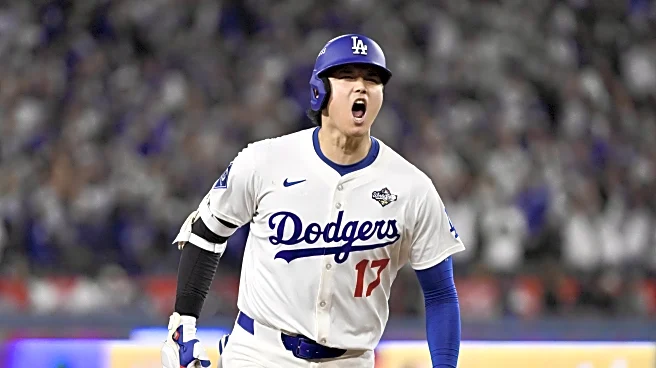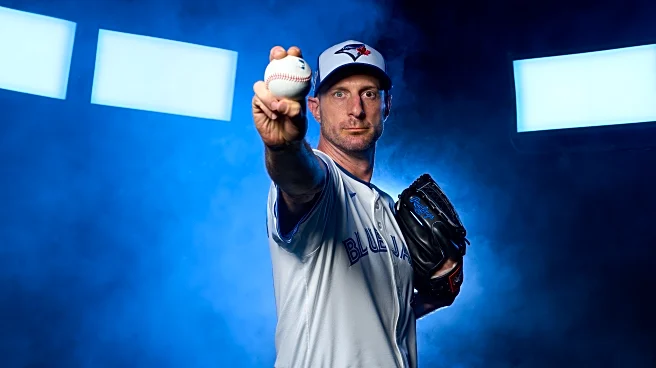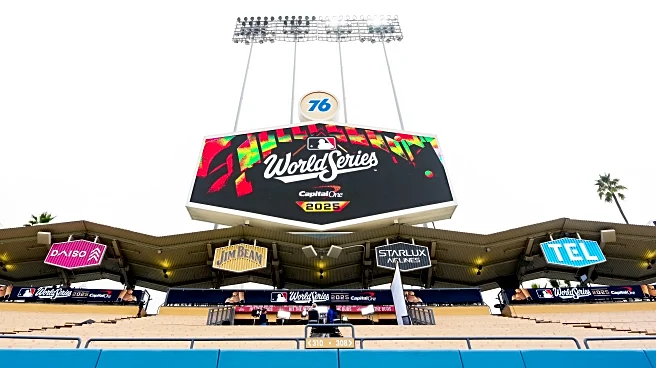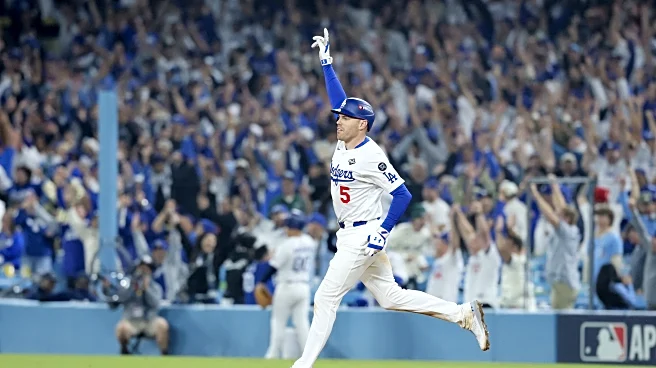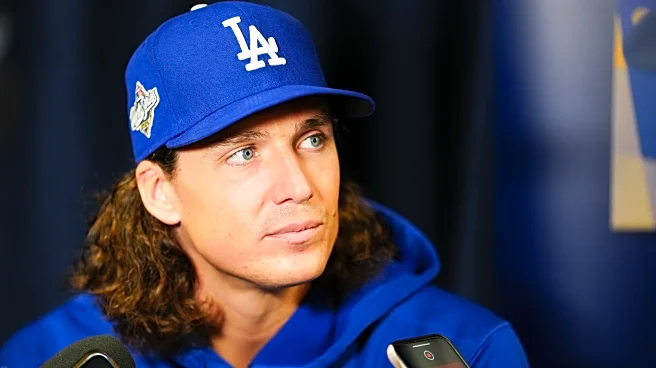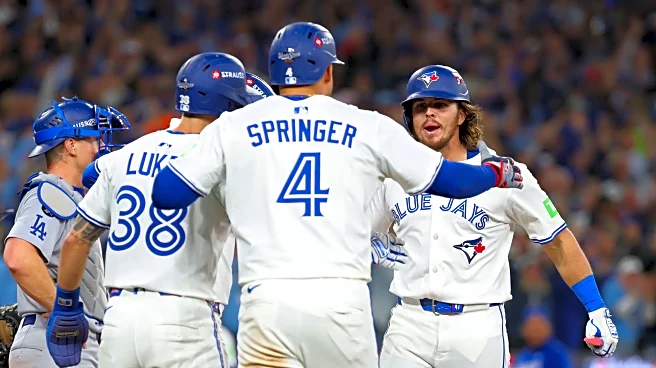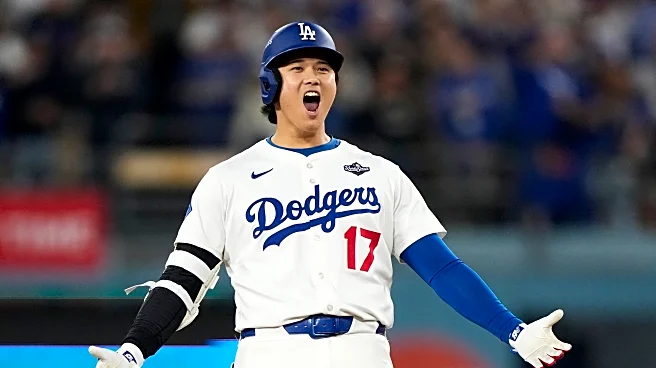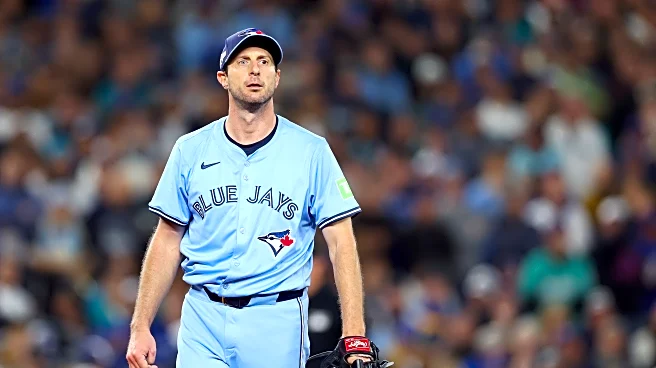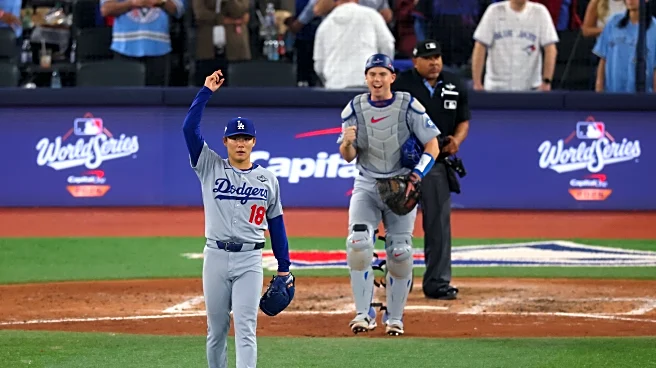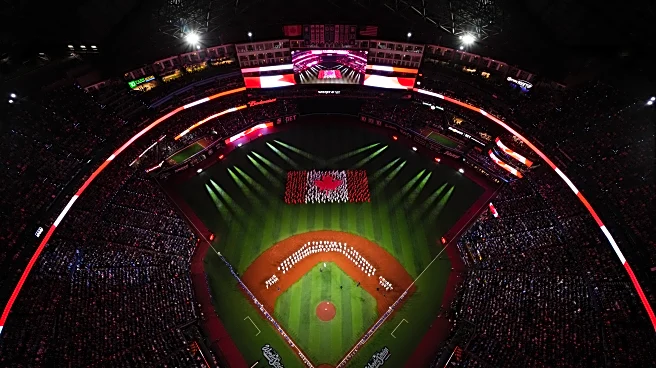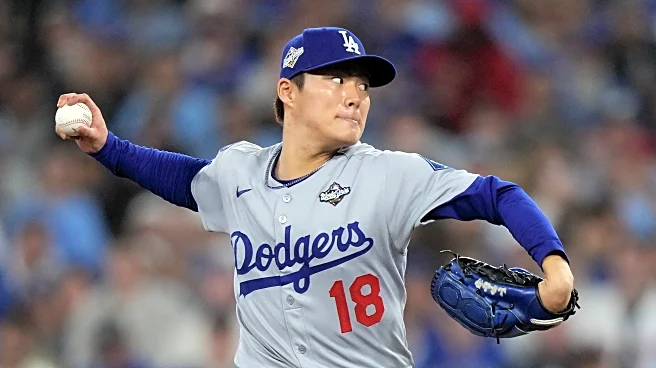There’s a reason Dave Dombrowski said what he said.
When Dombrowski spoke to reporters last week following another disappointing, early-round playoff defeat by the Phillies and questioned whether Bryce
Harper would be able to return to the previous “elite” level of play he enjoyed during his first six seasons in Philadelphia, it wasn’t done out of ignorance.
Harper, signed to be the Phils’ superstar because the team couldn’t grow one of their own, has been the heartbeat of the franchise since his first season with them in 2019. He, more than any other player, has provided the big moments, both in the regular season and postseason. He is the sun around which the Phillies solar system has revolved. But all that changed this season.
He had a solid year by regular human being standards. Most players would kill for an .844 OPS and 27 home runs in 132 games. And yet, by Harper’s historic standards, they were down. His OPS was 22nd out of 145 qualified hitters and was his lowest mark since 2016, as was his .487 slugging percentage. His wRC+ of 131 was his lowest since ‘19. And in high leverage situations, Harper slugged just .378 in 53 PAs with a 55.3% ground ball rate and a 31.6% hard-hit rate.
Again, decent numbers for most players, but the way the Phillies’ roster is constructed, Harper needed to be more than just the 22nd-best offensive player in baseball in order for this offense to truly hum, especially in crunch time.
A four-game postseason sample size isn’t enough to draw any hard and firm conclusions on Harper’s future, but he clearly did not have a good series against the Dodgers, with a .600 OPS and .267 slugging percentage. I know, I know, he saw the fewest pitches in the strike zone of any hitter in baseball this season, and that didn’t change in the playoffs. And yes, I know, most of the Phillies had a bad series against L.A. pitching, as did the entire Brewers offense. But Harper is supposed to be different, the superstar of the team.
And as the Blue Jays and Dodgers have shown us in the playoffs and, more specifically, in this World Series, it is the superstars that lead the way.
In the epic Game 3 alone (which really should count as two games, given it went 18 innings), Shohei Ohtani’s brilliance came to the forefront once again. After going 4-for-4 with two doubles and two home runs through the first nine innings, he was intentionally walked in his final five plate appearances and reached base all nine times. Even with the Phillies shutting him down completely in the NLDS, Ohtani has a 1.235 OPS in the postseason, with 8 HRs, 14 RBIs and 13 walks.
Also, Seranthony Dominguez, what are you doing throwing a fastball to that man?
Freddie Freeman has just a .797 OPS and is hitting .231 in the playoffs, but has come through in some huge ways when it mattered most. Of course, the second walk-off World Series home run of his career in the 18th inning of Game 3 just the latest example of his heroism.
Teoscar Hernandez didn’t have the regular season he wanted, but he’s been electric in the playoffs. From his clutch three-run homer off Matt Strahm in Game 1 of the NLDS to his 4-for-8 night in Game 3 that included a dinger off Max Scherzer. He has five homers and 12 RBIs in the postseason, with an .859 OPS.
Not a great defender in right field, Hernandez also came through with a game-saving play in the 10th inning that likely prevented Toronto from taking a 2-1 series lead.
By the way, that field level camera is garbage. You can’t see where the runner is on the basepaths from that vantage point.
Vladimir Guerrero, Jr.’s 1.269 OPS is the best of any player in the postseason. He went 2-for-3 in Game 1, and 2-for-7 in Game 3 with two runs scored and two walks, including a hair-raising, electric dash from first-to-home in the top of the 7th that briefly gave the Jays a 5-4 lead. He also made an incredible defensive play at first base, nailing a runner at third.
George Springer, until he had to leave the game with a pulled muscle in his side, had an .884 OPS in the playoffs, including his dramatic Game 7 three-run shot that sent Toronto to the World Series. And catcher Alejandro Kirk, one of the more underrated players in baseball, is going off this fall, with five homers and a .931 OPS.
His five dingers are tied for most ever in a single postseason by a catcher. He also made this insane throw to nab Ohtani trying to steal second in the bottom of the 9th.
Of course, not every star is performing. Mookie Betts’ .701 OPS is pretty pedestrian, but other than that, the big boys have all had their big moments in the playoffs, much like virtually every Phillie did in 2022 and through the first eight games of the 2023 postseason. Star players making star plays.
Outside of Game 2 of the 2024 NLDS and Game 3 of this year’s NLDS, the Phils stars didn’t do enough. Baseball’s postseason tournament is so long and arduous that the stars must drive the engine. Against the Phillies, the Dodgers’ offense was largely absent, save for a few big hits sprinkled in Games 1 and 2. But they got those hits, and the Phillies didn’t. Teoscar Hernandez and Will Smith had their moments at the right times. The Phils bunched all of theirs into one game in each of the last two playoffs.
Which brings us back to Harper. Dombrowski’s challenge came from a place of hope — hoping that Harper can once again be the type of player who comes through in the big moments and rises to the occasion when the lights are brightest. Unless the Phillies add another superstar player to the mix (and it seems unlikely they will pay to bring back both Kyle Schwarber and a big-bat free agent like Alex Bregman), they need Harper to return to elite status in 2026 if they want to be World Series champions.
And it’s not just Harper. It’s not fair to put it all on his shoulders. Trea Turner, Schwarber (if he returns), J.T. Realmuto (if he returns), and whoever else they bring in all must shoulder the load in the way the stars on Los Angeles and Toronto are doing this fall. Phillies star players have to play like stars.
It’s the only way Harper is finally going to get his ring.
